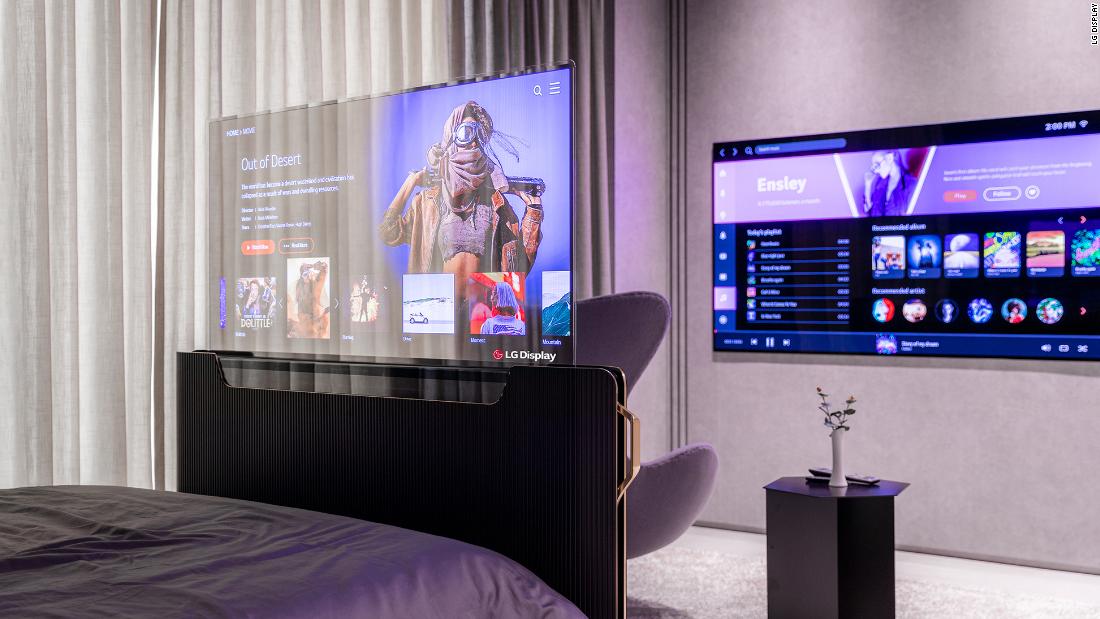
While transparent TVs seem like a great technology, but unnecessary, the industry experts say they are things we might rather see in public spaces.
“The main use case will be commercial for now,” said James McQuivey, an analyst at market research firm Forrester. “Environments like malls, art museums and high-end restaurants will want display technology that can be unobtrusive when it is not supposed to be the center of attention.”
Manufacturers say companies can use transparent TVs to display information or menus creatively; LG even said it can act as a health partition between workers and guests. And while a sports bar may have many TVs on different channels, a luxury restaurant may want screens that look more like moving art.
This may seem out of date at a time when most people are at home during the global pandemic, but screen makers spend many years developing technological innovations that can often seem out of sync with market demand, McQuivey said.
“At some point in the distant future, transparent screens will be useful for a variety of applications, certainly commercial screens and perhaps even in limited cases at home, especially as prices fall and technology improves,” he added.
It is not uncommon for companies to publish technologies without a clear market for them. Doing so is a way to measure people’s response and initial interest, similar to the early days of OLED display technologies.
LG’s move to hide a transparent TV in a bed for its promotional video shows how technology could find a home beyond public places, especially to save space going up and down the floorboard. “Today’s TVs are usually placed against the wall of the living room; now they can be placed as a space divider or against a large glass window, which will only look like glass when not uses, ”said Khin Sandi Lynn, an analyst at ABI Research. “It’s an interesting feature for modern smart homes if price and quality meet consumer expectations.”